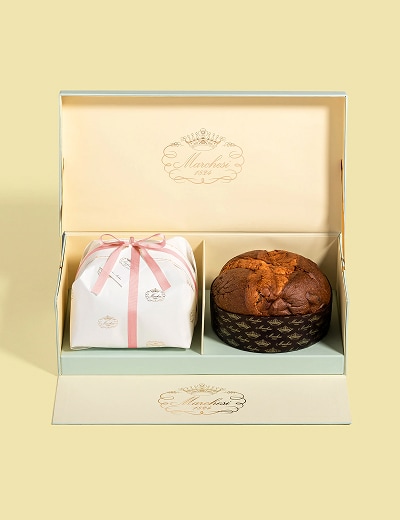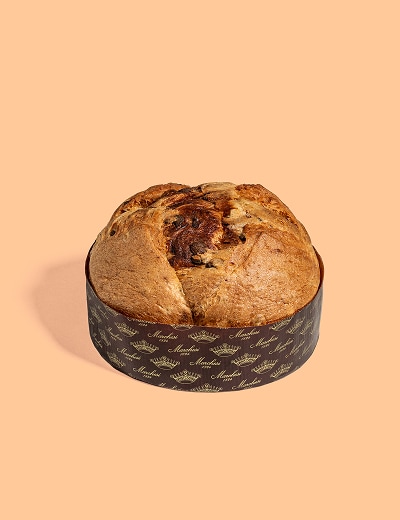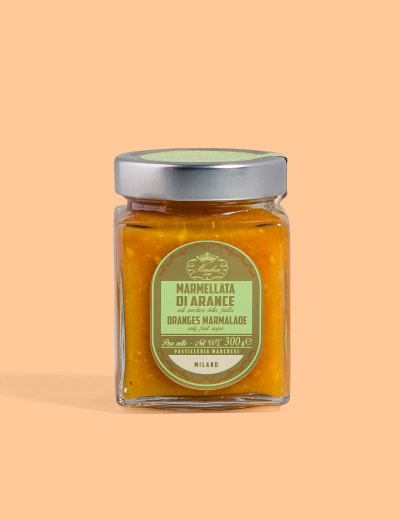
As autumnal vegetables from beets and broccoli to cauliflower and cabbage all come into season, the many and varied virtues of the pumpkin - technically a fruit - have made it the undisputed star of autumnal recipes and traditions. We delve into its colourful story.
For centuries, Italians have celebrated All Saints Day and All Souls Day on the 1st and 2nd of November respectively. But nowadays, these culturally significant dates are preceded by the celebration of a more recent arrival from overseas: Halloween.
The carving of frightening faces into pumpkins is just one of the Halloween customs imported to Italy in recent years through American cinema and TV. But this is by no means an American invention. In fact, the creation of vegetable lanterns has been a feature of various cultures for many centuries. The "jack-o'-lantern" itself is an age-old Celtic tradition, probably introduced to the USA in the early 19th century by newcomers from Ireland. They discovered that the pumpkin - native to the Americas, where it has been known for at least seven millennia - was an ideal alternative to the smaller, tougher turnip they had always used back home.
Besides being perfect for Halloween lanterns, the pumpkin is the polyvalent protagonist of a profusion of flavoursome fall dishes, from savoury soups and pasta dishes to sweet pies and cakes. It has the added advantage of being highly nutritious. Best of all, there's no waste, as every part of the pumpkin can be used, from the pulp and the seeds to the shell, the leaves and even the flowers.
Naturally, Marchesi 1824 adds its own fragrant notes to the festivities each year. In Marchesi 1824 pumpkin cake, for example, the taste of pumpkin is harmoniously complemented by delicious Piemonte I.G.P. hazelnuts from the Alta Langhe area, creating a winning balance of flavours. Completing the Marchesi 1824 menu for Halloween is a variety of other seasonal treats - from biscuits shaped like pumpkins and ghosts to muffins, orange chocolates and more.



























